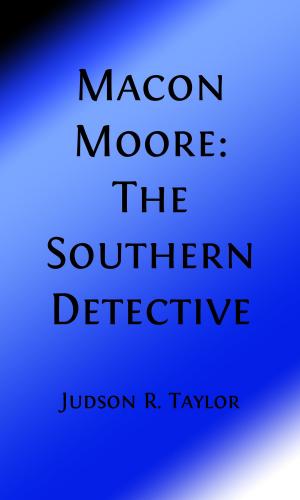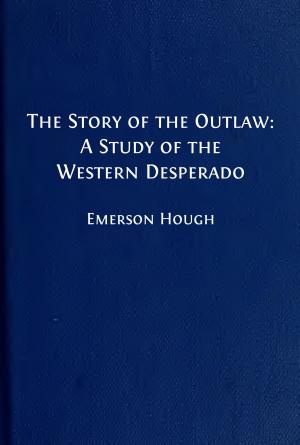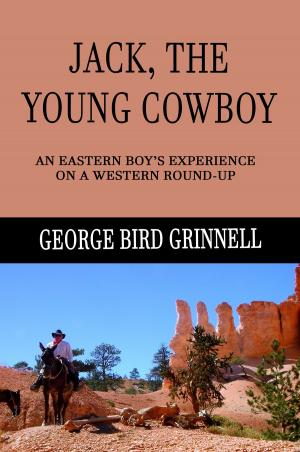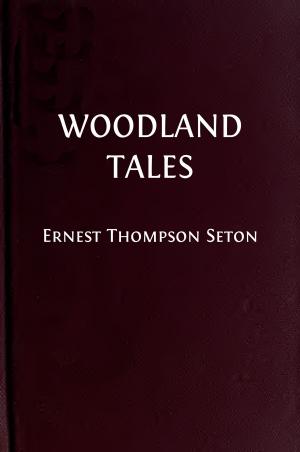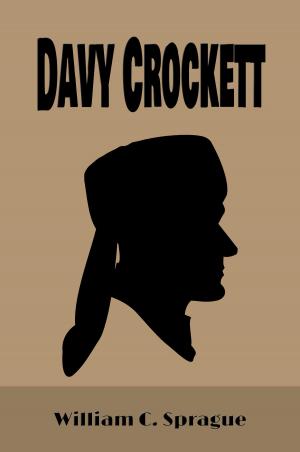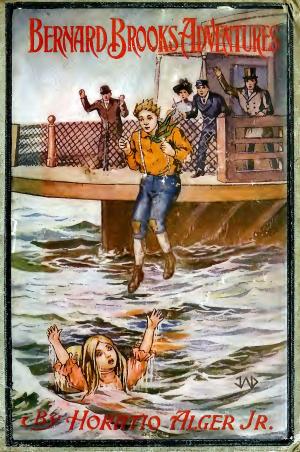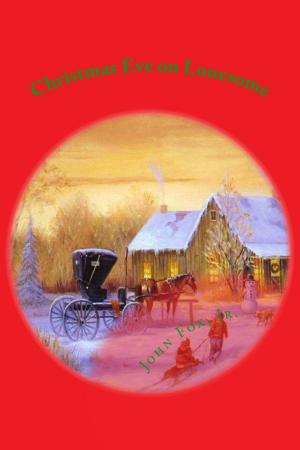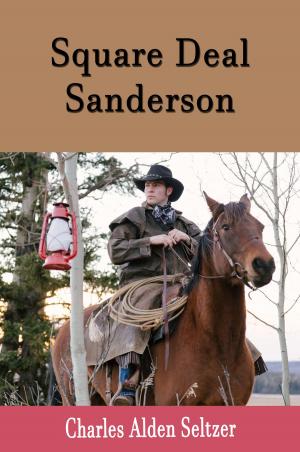| Author: | Zane Grey | ISBN: | 1230000878142 |
| Publisher: | Steve Gabany | Publication: | January 6, 2016 |
| Imprint: | Language: | English |
| Author: | Zane Grey |
| ISBN: | 1230000878142 |
| Publisher: | Steve Gabany |
| Publication: | January 6, 2016 |
| Imprint: | |
| Language: | English |
This is a story of a family feud healed by young love. The story is based on a factual event involving the notorious Hashknife gang of Northern Arizona. It follows an ancient feud between two frontier families that is inflamed when one of the families takes up cattle rustling.
The ranchers are led by Jean Isbel and, on the other side, Lee Jorth and his band of cattle rustlers.
In the grip of a relentless code of loyalty to their own people, they fight the war of the Tonto Basin, desperately, doggedly, to the last man, neither side seeing the futility of it until it is too late. And in this volatile environment, young Jean finds himself hopelessly in love with a girl from whom he is separated by an impassable barrier.
This edition of the book contains the original six illustrations, rejuvanated, and six additional place- and time-relevant illustrations that are unique to this edition.
Pearl Zane Grey (January 31, 1872 – October 23, 1939) was an American author best known for his popular adventure novels and stories that presented an idealized image of the American frontier. Riders of the Purple Sage (1912) was his best-selling book.
Pearl Zane Gray was born January 31, 1872, in Zanesville, Ohio. His birth name may have originated from newspaper descriptions of Queen Victoria's mourning clothes as "pearl gray". He was the fourth of five children born to Alice "Allie" Josephine Zane, whose English Quaker immigrant ancestor Robert Zane came to America in 1673, and her husband, Lewis M. Gray, a dentist. His family changed the spelling of their last name to "Grey" after his birth. Later Grey dropped Pearl and used Zane as his first name. He grew up in Zanesville, a city founded by his maternal great-grandfather Ebenezer Zane, an American Revolutionary War patriot; from an early age, the boy was intrigued by history. Grey developed interests in fishing, baseball, and writing, all which contributed to his writing success. His first three novels recounted the heroism of his ancestors who fought in the American Revolutionary War.
As a child, Grey frequently engaged in violent brawls, despite (or because of) his father's punishing him with severe beatings. Though irascible and antisocial like his father, Grey was supported by a loving mother and found a father substitute. Muddy Miser was an old man who approved of Grey's love of fishing and writing, and who talked about the advantages of an unconventional life. Despite warnings by Grey’s father to steer clear of Miser, the boy spent much time during five formative years in the company of the old man.
Grey was an avid reader of adventure stories (Robinson Crusoe and Leatherstocking Tales) and dime novels (featuring Buffalo Bill and "Deadwood Dick"). He was enthralled by and crudely copied the great illustrators Howard Pyle and Frederic Remington. He was particularly impressed with Our Western Border, a history of the Ohio frontier that likely inspired his earliest novels. Zane wrote his first story, Jim of the Cave, when he was fifteen. His father tore it to shreds and beat him. Both Zane and his brother Romer were active, athletic boys who were enthusiastic baseball players and fishermen.
This is a story of a family feud healed by young love. The story is based on a factual event involving the notorious Hashknife gang of Northern Arizona. It follows an ancient feud between two frontier families that is inflamed when one of the families takes up cattle rustling.
The ranchers are led by Jean Isbel and, on the other side, Lee Jorth and his band of cattle rustlers.
In the grip of a relentless code of loyalty to their own people, they fight the war of the Tonto Basin, desperately, doggedly, to the last man, neither side seeing the futility of it until it is too late. And in this volatile environment, young Jean finds himself hopelessly in love with a girl from whom he is separated by an impassable barrier.
This edition of the book contains the original six illustrations, rejuvanated, and six additional place- and time-relevant illustrations that are unique to this edition.
Pearl Zane Grey (January 31, 1872 – October 23, 1939) was an American author best known for his popular adventure novels and stories that presented an idealized image of the American frontier. Riders of the Purple Sage (1912) was his best-selling book.
Pearl Zane Gray was born January 31, 1872, in Zanesville, Ohio. His birth name may have originated from newspaper descriptions of Queen Victoria's mourning clothes as "pearl gray". He was the fourth of five children born to Alice "Allie" Josephine Zane, whose English Quaker immigrant ancestor Robert Zane came to America in 1673, and her husband, Lewis M. Gray, a dentist. His family changed the spelling of their last name to "Grey" after his birth. Later Grey dropped Pearl and used Zane as his first name. He grew up in Zanesville, a city founded by his maternal great-grandfather Ebenezer Zane, an American Revolutionary War patriot; from an early age, the boy was intrigued by history. Grey developed interests in fishing, baseball, and writing, all which contributed to his writing success. His first three novels recounted the heroism of his ancestors who fought in the American Revolutionary War.
As a child, Grey frequently engaged in violent brawls, despite (or because of) his father's punishing him with severe beatings. Though irascible and antisocial like his father, Grey was supported by a loving mother and found a father substitute. Muddy Miser was an old man who approved of Grey's love of fishing and writing, and who talked about the advantages of an unconventional life. Despite warnings by Grey’s father to steer clear of Miser, the boy spent much time during five formative years in the company of the old man.
Grey was an avid reader of adventure stories (Robinson Crusoe and Leatherstocking Tales) and dime novels (featuring Buffalo Bill and "Deadwood Dick"). He was enthralled by and crudely copied the great illustrators Howard Pyle and Frederic Remington. He was particularly impressed with Our Western Border, a history of the Ohio frontier that likely inspired his earliest novels. Zane wrote his first story, Jim of the Cave, when he was fifteen. His father tore it to shreds and beat him. Both Zane and his brother Romer were active, athletic boys who were enthusiastic baseball players and fishermen.

